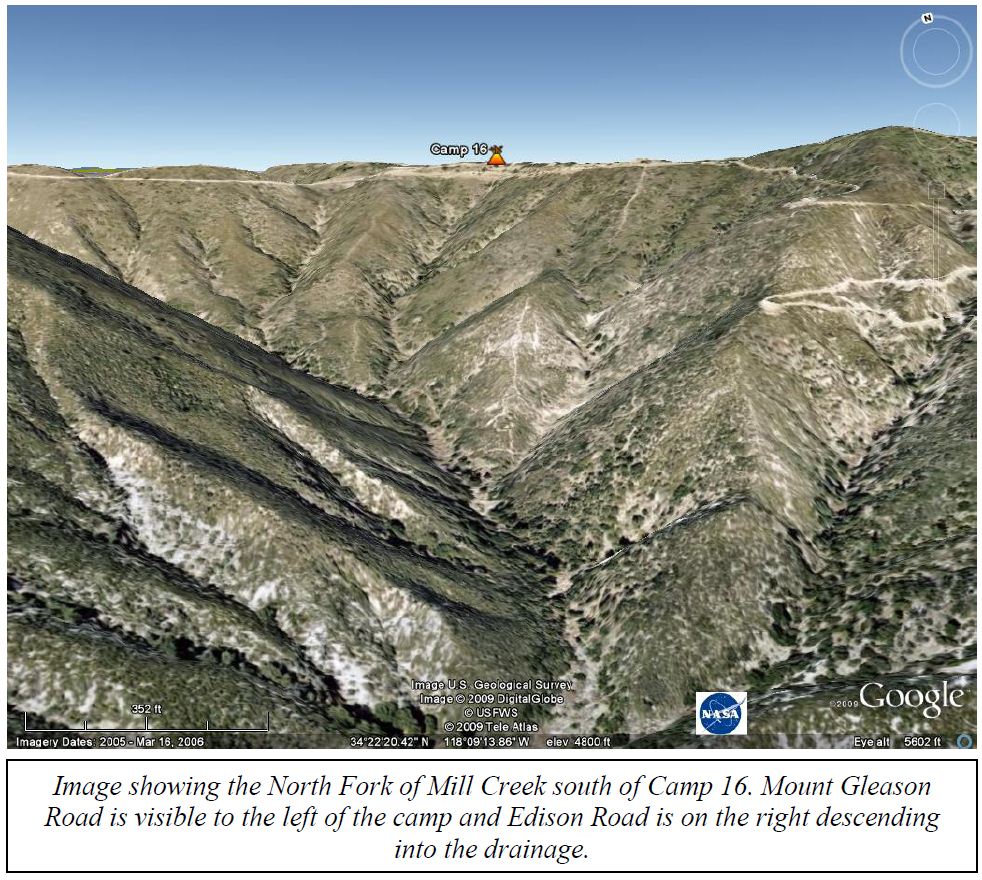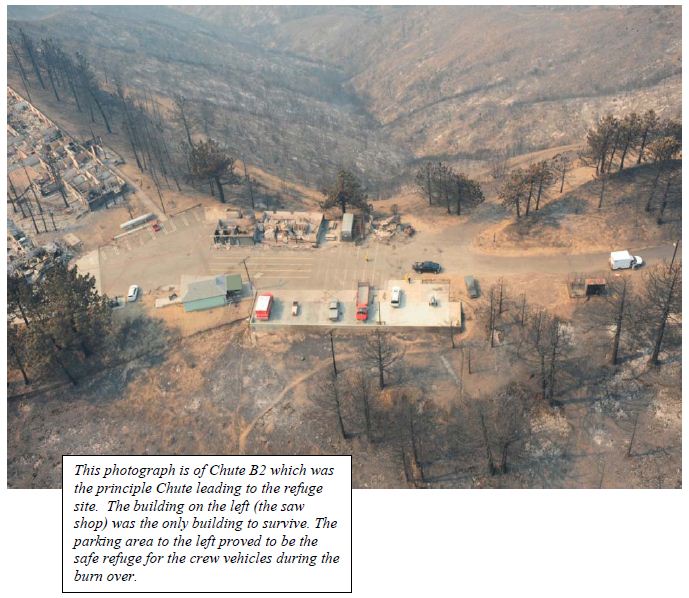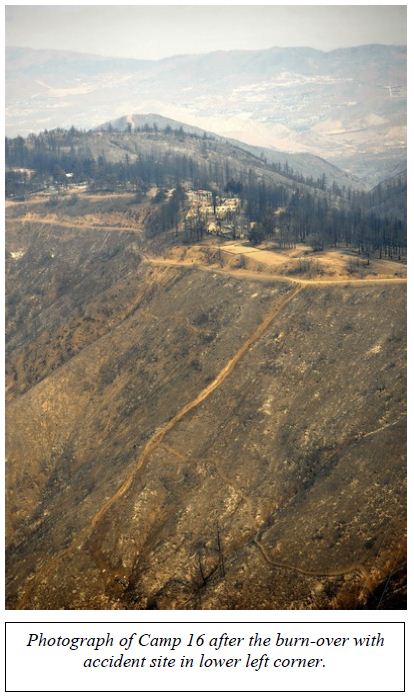Did anyone see the hearing conducted by the Senate Appropriations Subcommittee on Interior this morning? The agenda was supposed to be “Examination of the firefighting policy with U.S. Forest Service and U.S. Department of Interior”. The following report by 89.3 KPPC Southern California Public Radio concentrates on the use of night flying helicopters for fire suppression, as did other reports.
The U.S. Forest Service won’t deploy night-flying aircraft to fight fires before the end of Southern California’s traditional fire season.
The Forest Service has maintained a ban on fighting fires by air after dark since a helicopter crash back in 1977. Critics say that if the agency had allowed water-tanker planes in the air after dark, that equipment might have stopped last summer’s deadly Station Fire much sooner.
At a U.S. Senate hearing, Forest Service officials said they’re reconsidering the ban on night time aerial firefighting. The problem is that the Service doesn’t have the technology to do it. Democratic Congressman Adam Schiff of Burbank says they “no longer have the night time flying goggles or the equipment in the helicopter to be able to use them.”
Schiff was invited by his California colleague Senator Dianne Feinstein to join senators who questioned the Forest Service’s night time ban. Schiff says the Service is considering two options.
“One is to acquire the capability in house. Another is to work with some of their cooperators — which is what they call L.A. County, L.A. City, that already have the capacity. Whether they should basically contract with them.”
The problem is that local governments have their own equipment challenges. Last summer, a Los Angeles County helicopter was in the air, fighting the Station Fire after dark until a medical emergency diverted the chopper from the fire scene.
If the Forest Service lifts its ban, the earliest it could have aircraft ready to fly at night would be November, well into the Southland’s wildfire season.
UPDATE:
Here is an excerpt from the LA Times’ coverage of the hearing:
The head of the U.S. Forest Service told a Senate panel Wednesday that water-dropping helicopters would have been deployed during the critical first night of last summer’s disastrous Station blaze if they had been available and that the agency is considering ending its decades-long ban on using federal firefighting aircraft after dark.
Under pointed questioning by Sen. Dianne Feinstein (D-Calif.) and Rep. Adam Schiff (D-Burbank), Forest Service Chief Tom Tidwell also defended the agency’s handling of the fire the next morning, when a heavy air assault did not begin until several hours after daylight. He said aircraft alone would not have stopped the flames from raging out of control.
But Schiff expressed doubt that an earlier air attack on Day 2 would have been ineffective because of steep terrain, as the Forest Service determined in November after an internal review.
“The conclusion that it would not have helped anyway is a little too facile,” he said.
Feinstein, who chairs the Senate subcommittee that held Wednesday’s hearing, said equipping the Forest Service with night-flying aircraft is a “real priority,” especially in California. She said global warming and enduring droughts have heightened the danger of huge wildfires that threaten neighborhoods.
“Fires are not going to get better, they’re going to get worse,” she said.




